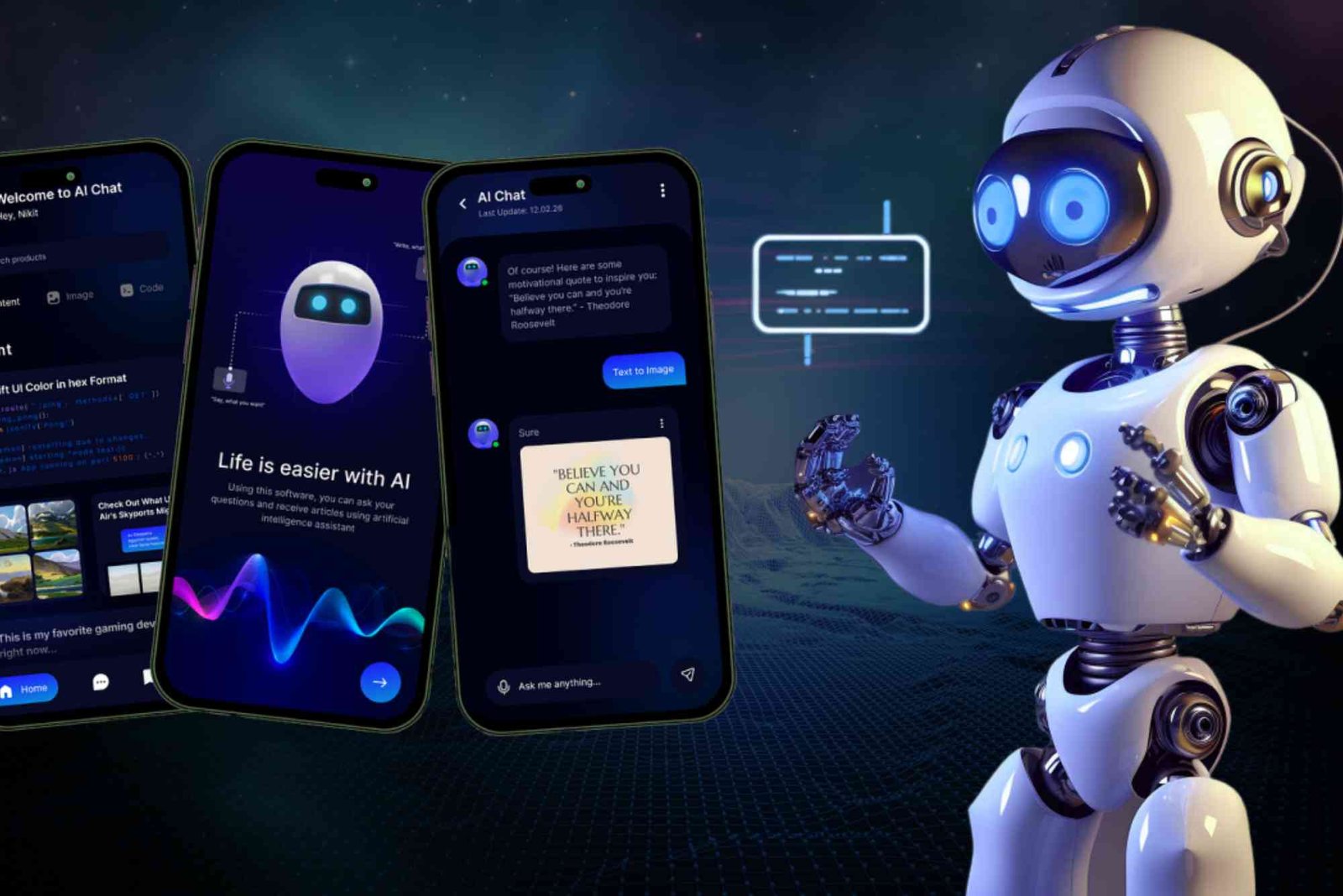Introduction
In today’s digital world, integrating chatbots and AI features into modern web design is essential for enhancing user experience, improving customer support, and increasing engagement. Chatbots and AI-powered tools automate interactions, providing instant responses and personalized experiences. Businesses aiming to streamline operations and boost conversions should incorporate these technologies seamlessly. This guide explores the best practices, step-by-step instructions, and essential considerations for integrating AI chatbots into your website.
Why AI Chatbots Are Essential in Modern Web Design
AI chatbots have revolutionized customer interactions, making them a critical element of modern web design. They enhance user engagement by offering immediate assistance, personalized recommendations, and automated support. With advancements in natural language processing (NLP) and machine learning, chatbots can understand and respond to queries more accurately than ever. Implementing AI-powered chatbots helps businesses reduce response time, increase customer satisfaction, and optimize user experience (UX).
How to Integrate Chatbots and AI Features
Identify Your Website’s Needs
Before implementing a chatbot, determine its purpose. Identify areas where automation can improve efficiency, such as customer support, lead generation, or user engagement. Understanding these needs will help in selecting the right chatbot type—rule-based or AI-driven.
Choose the Right AI Chatbot Platform
Several chatbot platforms, such as Dialogflow, IBM Watson, and ChatGPT, offer customizable AI-powered solutions. Evaluate features like NLP capabilities, API integration, and scalability to choose a platform that aligns with your business goals.
Design a Conversational Flow
A well-structured chatbot conversation flow enhances user experience. Map out possible user interactions and responses, ensuring the chatbot understands various queries. Use a blend of predefined responses and AI learning models to create a natural dialogue experience.
Integrate with Website and Third-Party Tools
For a seamless user experience, integrate the chatbot into your website via APIs or plugins. Ensure compatibility with CMS platforms like WordPress, Shopify, or custom-built websites. Additionally, link the chatbot with CRM, email marketing tools, and analytics for enhanced functionality.
Optimize and Test the Chatbot
After integration, test the chatbot for usability and performance. Use A/B testing to assess different chatbot interactions and improve response accuracy. Monitor user feedback and analytics to refine its functionality continuously.
Enhance AI with Machine Learning
For advanced AI chatbots, incorporate machine learning algorithms to improve accuracy over time. Train the chatbot using real user interactions, refining its ability to understand complex queries and provide relevant responses.
Best Practices for AI Chatbot Integration
User-Friendly Interface: Ensure the chatbot is easy to interact with, featuring clear prompts and navigation.
Personalization: Utilize AI to tailor responses based on user behavior and preferences.
Multichannel Integration: Deploy chatbots across websites, social media, and messaging apps for omnichannel support.
Continuous Monitoring: Regularly update chatbot responses and functionalities to improve engagement.
Data Security: Implement encryption and compliance measures to protect user data.
Benefits of AI Chatbots in Web Design
24/7 Customer Support: AI chatbots provide instant assistance, reducing response times and improving user satisfaction.
Improved Engagement: Personalized interactions encourage users to explore more pages, increasing time on site.
Cost Efficiency: Automating customer support reduces operational costs while maintaining service quality.
Lead Generation: Chatbots capture visitor information and assist in lead nurturing, improving conversion rates.
Common Challenges and How to Overcome Them
Ensuring Natural Conversations
Solution: Use NLP and machine learning to enhance chatbot understanding and contextual responses.
Integration with Legacy Systems
Solution: Opt for AI chatbots with flexible APIs that support seamless third-party integrations.
Data Privacy Concerns
Solution: Implement strong data encryption, user consent policies, and GDPR compliance for secure interactions.
Integrating AI chatbots into modern web design is a game-changer for businesses aiming to improve customer experience and streamline operations. By choosing the right platform, designing an intuitive conversational flow, and continuously optimizing performance, you can create a chatbot that enhances engagement and drives conversions. If you need professional assistance, consider partnering with a Web design company Dubai for seamless AI integration. For more insights into digital growth strategies, visit Digital Ranker Dubai.
FAQs
1. What is the best AI chatbot for website integration?
The best AI chatbot depends on your business needs. Popular options include ChatGPT, IBM Watson, and Dialogflow.
2. Can AI chatbots improve SEO rankings?
Yes, AI chatbots enhance UX, reduce bounce rates, and increase engagement, all of which contribute to better SEO performance.
3. How can I measure my chatbot’s success?
Track metrics such as user engagement, response accuracy, conversion rates, and customer satisfaction scores.
4. Are chatbots suitable for all types of businesses?
Yes, AI chatbots can benefit industries like e-commerce, healthcare, finance, and customer service by automating interactions and improving user experience.
5. How do I ensure my chatbot stays updated?
Regularly analyze user interactions, gather feedback, and update chatbot responses to align with customer expectations.




